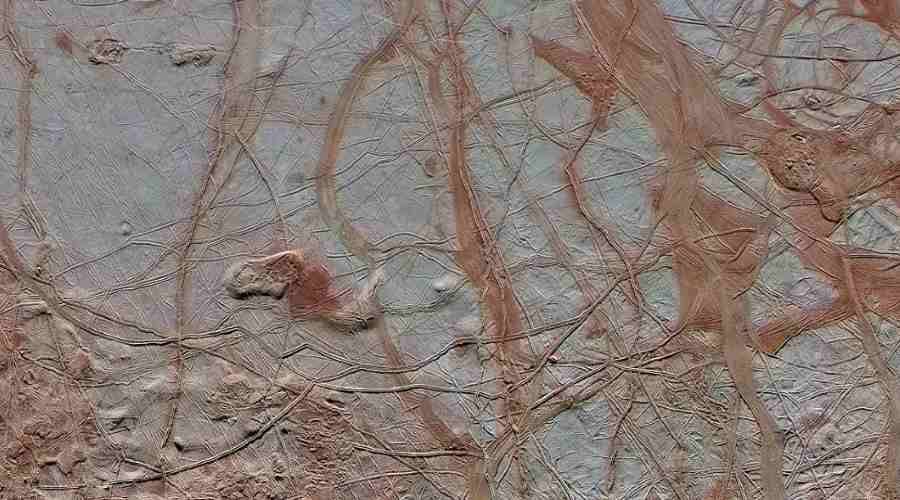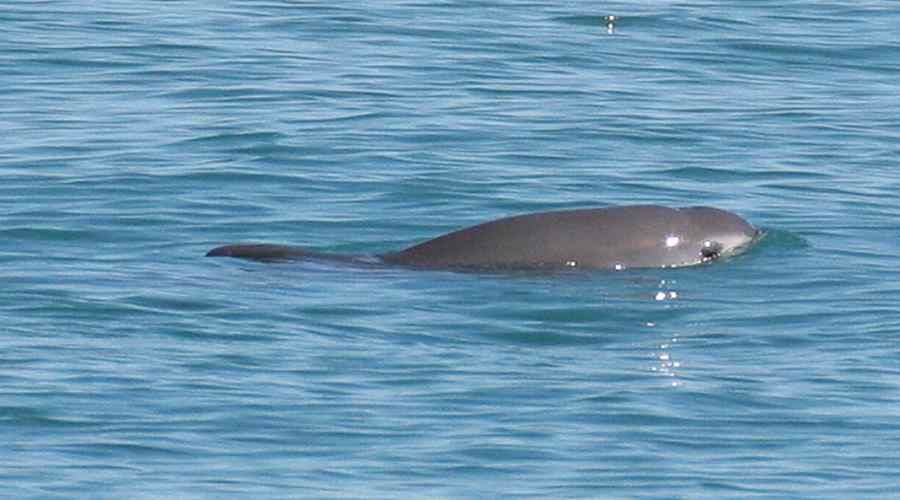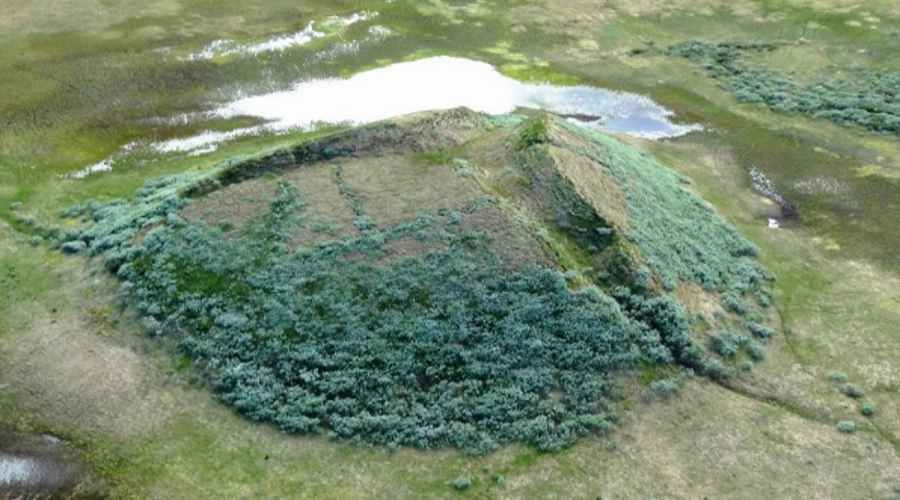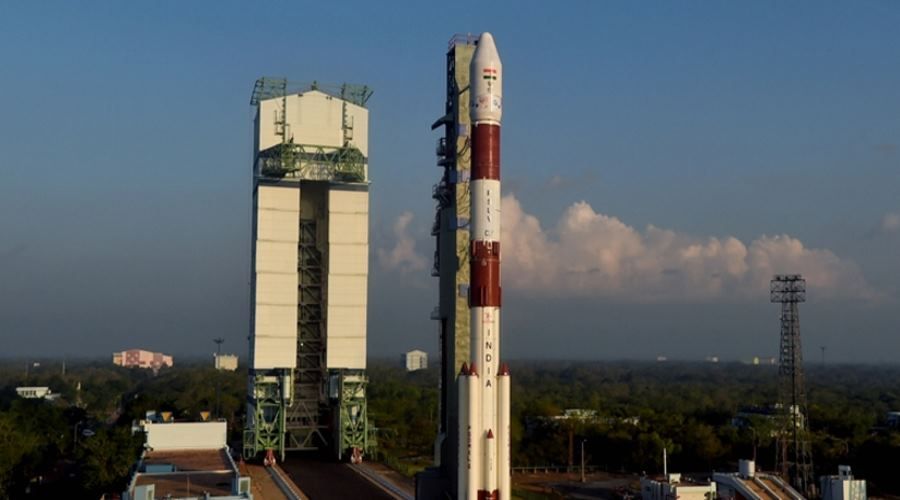NASA considers landing on Europa
Before each mission, NASA creates similar reports to assess the engineering capabilities and scientific value of the project. The space agency last year commissioned 21 scientists to produce a report on the landing on Europa – one of the moon’sóin Jupiter’s. Work on the analysis has just been completed.
Landing on Europa will be discussed by a wide range of researchers on March 19, 2017. During the Lunar and Planetary Science Conference (LPSC) in The Woodlands, Texas, and on April 23, 2017, the. During the Astrobiology Science Conference (AbSciCon) in Mesa, Arizona.
The report assumes three majoróThe main goals of the mission to Europe. First of all, sending a rover, whichóry will search for life on this ice world. On top of that, the mission will investigate whether conditions prevail on Europa thatóre would allow human habitation there. The report also assumes a thorough study of the composition of the surface of this moon and the ocean beneath it for possible exploration.
Scientists are pinning high hopes on a landing on Europa. Under the thick ice cap of this natural satellite of Jupiter, there is probably a gigantic ocean of liquid water. In addition, NASA has observed water geysers there, whichórych pióToads can reach up to 200 kilometersów.
All thanks to the Hubble Space Telescope’a, który recorded clouds appearing and disappearing, presumably of water vapor. Such an observation was possible when the moon passed against the background of the bright planet. The observations were made under ultraviolet light.
Researchers are keenly interested in water because it is required for the origin of life, at least that whichóre we know. And there is no shortage of water on Europa. The giant ocean on Jupiter’s moon is estimated to contain twice as much water as all of Earth’s oceans. However, it is hidden under a thick ice sheet, któhe thickness of which we do not know.





